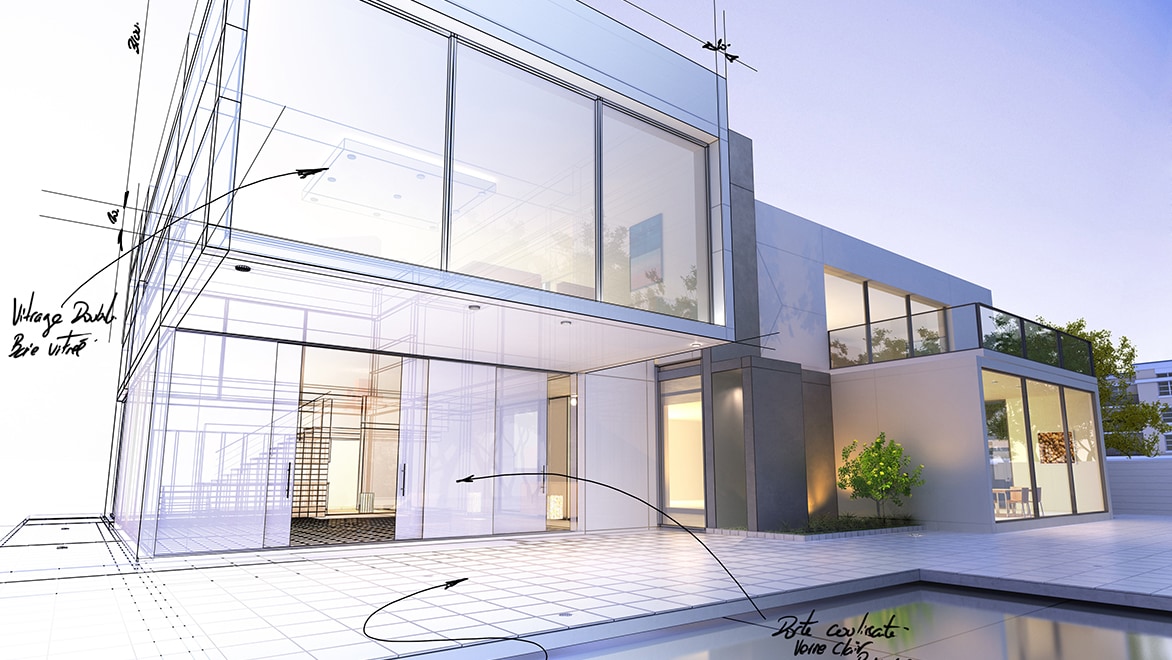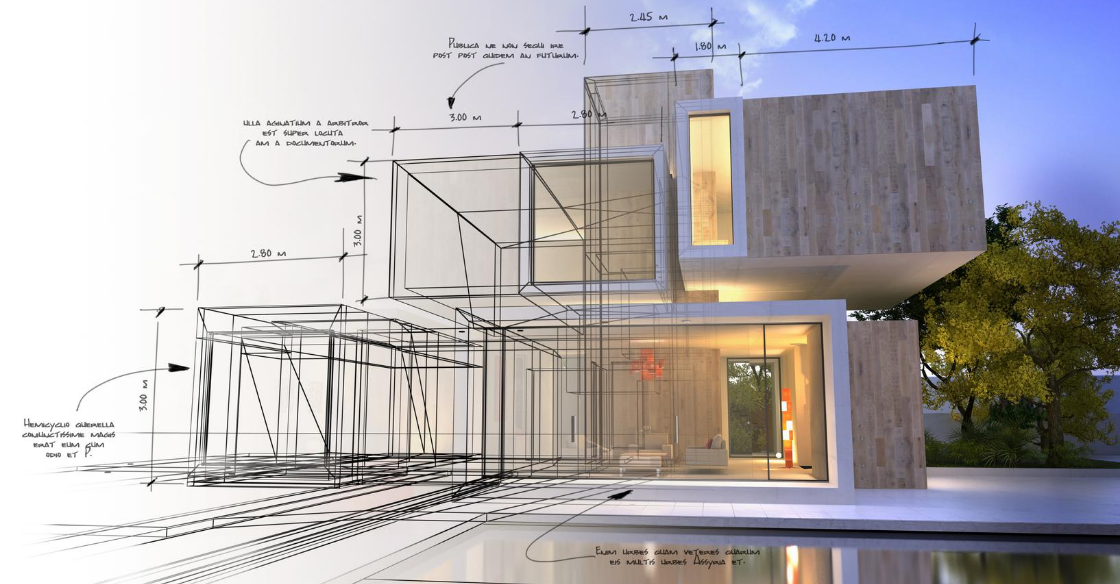The Effect of Technological Advancements on the Layout Practices of Contemporary Architects
The rapid development of technical tools has actually considerably improved the layout landscape for contemporary designers, cultivating unprecedented degrees of innovation and sustainability. Exploring these characteristics discloses a nuanced interplay between modern technology and conventional layout approaches, motivating a closer assessment of what the future holds for building practices.
Development of Architectural Devices
Exactly how have architectural tools transformed the design and construction procedures over the centuries? The advancement of building devices has actually dramatically influenced the performance, precision, and creativity of design and building.
With the development of the Renaissance, the introduction of the compass and the protractor marked an essential change. These tools enabled architects to achieve better accuracy in their designs, helping with the appearance of even more detailed and proportional structures. The Industrial Transformation better changed building experiment the intro of mechanized devices and products, enabling bigger and a lot more ambitious tasks.
In the 20th century, the advancement of computer-aided design (CAD) software program transformed the landscape once more, supplying architects with unmatched capabilities in modeling and visualization. Today, progressed tools such as Structure Information Modeling (BIM) and parametric layout software application proceed to push the borders of architectural technology, allowing an extra integrated strategy to design and building and construction processes.
Improved Collaboration in Style
As modern technology continues to advance, enhanced cooperation in design has come to be a cornerstone of contemporary architectural method. The integration of digital devices such as Building Info Modeling (BIM), cloud-based systems, and advanced visualization software application has actually transformed the method engineers, engineers, and stakeholders communicate throughout the layout process. These tools assist in real-time interaction, allowing teams to share concepts, alterations, and feedback promptly, despite geographical place.

Additionally, interdisciplinary collaboration has actually been structured via these technical advancements, enabling architects to function much more carefully with various other professionals, such as urban planners and environmental consultants. The result is an extra natural technique to make that takes into consideration different point of views and expertise. Inevitably, improved partnership in style is not simply a pattern; it is vital for producing ingenious, practical, and aesthetically pleasing architecture in an increasingly complex globe.
Sustainability Through Technology
Sustainability in design has progressively ended up being linked with technological technology, driving the market towards you can find out more environmentally liable methods - cda architects. Contemporary engineers are leveraging sophisticated technologies to decrease environmental effect while enhancing the performance of buildings. One prominent instance is using Structure Info Modeling (BIM), which enables accurate preparation and source allotment, lowering waste during building and promoting energy efficiency throughout a building's lifecycle
Furthermore, wise products and energy-efficient systems are being incorporated right into layouts to maximize source use. Technologies such as photovoltaic cells and green roof harness renewable resource sources, contributing to decreased carbon footprints. Furthermore, the application of fabricated knowledge in layout processes enables architects to simulate and evaluate energy usage, assisting choices towards even more lasting end results.
The integration of sustainable technologies not only aligns with global environmental objectives however additionally meets a boosting need from customers for green remedies. As engineers welcome these innovations, the emphasis why not check here changes in the direction of developing areas that are not only aesthetically pleasing but also functionally lasting, consequently redefining the requirements of modern architecture. This way, technology acts as a stimulant for sustainability, making it possible for designers to create structures that respect and boost the native environment.
Obstacles in Application
While technological innovations in design hold fantastic promise for boosting sustainability, their application often comes across significant obstacles - cda architects. One main barrier is the steep understanding curve related to new modern technologies. Designers and building and construction experts might need extensive training to successfully utilize sophisticated software and tools, which can postpone project timelines and raise costs
In addition, the integration of arising technologies, such as Structure Info Modeling (BIM) and lasting materials, usually requires cooperation across multidisciplinary groups. This collaboration can be impeded by distinctions in competence, workflows, and communication designs, resulting in possible disputes and inadequacies.
Financial restrictions better complicate the adoption of cutting-edge technologies. Lots of architectural firms, especially smaller ones, might lack the resources to purchase advanced devices, restricting their capacity to complete with bigger firms that can pay for such financial investments.
Additionally, governing frameworks and building ordinance may not maintain rate with technological developments, developing uncertainty and prospective conformity problems. This difficulty can prevent designers from completely accepting best site brand-new innovations, as the danger of non-compliance might exceed the benefits. Attending to these application challenges is essential for the successful assimilation of technical improvements in contemporary architectural techniques.
Future Fads in Design
The difficulties connected with the implementation of brand-new modern technologies in design have prompted a reevaluation of future fads within the market. As architects navigate concerns such as sustainability, urbanization, and social equity, they are significantly embracing ingenious technologies to improve layout effectiveness and environmental efficiency.
One famous pattern is the integration of artificial intelligence (AI) in the layout procedure. AI devices can evaluate vast datasets to educate layout decisions, enhancing both creative thinking and capability. Structure Info Modeling (BIM) continues to progress, allowing real-time collaboration amongst stakeholders and helping with structured job management.
Lasting design techniques are likewise acquiring energy, with designers concentrating on adaptive reuse and regenerative layout principles that decrease resource intake and waste. The unification of smart products and renewable resource resources will better enhance the durability of structures in the face of climate adjustment.

Conclusion
Technological advancements have significantly reshaped building style techniques, assisting in enhanced precision, cooperation, and sustainability. The combination of devices such as Building Details Modeling and parametric design software program, alongside man-made intelligence and wise products, empowers designers to address complicated obstacles much more properly.